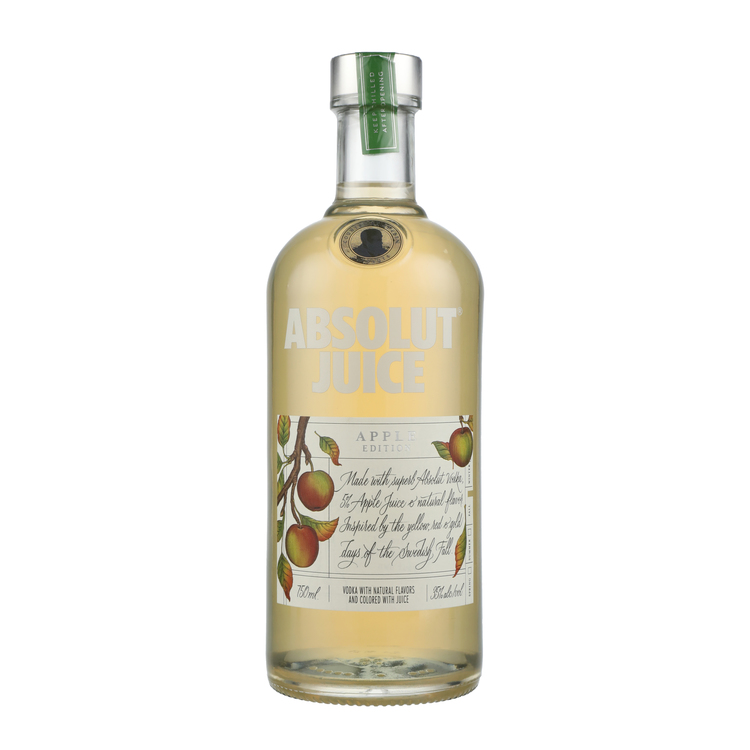
Or, rather, if you want it to be and stay green, you have to juice apples for this.

This is the annoying part of my advice: You have to juice apples for this. It won’t be green, for starters, and bottled juice tends to not be Granny Smith, which means it’s sweeter, without that leading tart edge. It is taken traditionally with apple juice because those flavors go fantastically together-the brand of Zubrowka available here is Zu, and if you are partial to Appletinis, it’s worth picking up a bottle for them.įresh Apple Juice: You certainly could just use bottled apple juice, but I don’t recommend it. The other thing to note here is that there’s a traditional Polish vodka called Zubrowka that’s infused with the herb bison grass, which offers a lemongrass-like warm herbal sweetness. As for bottlings, you can stay on message with one distilled from apples like Upstate Vodka, if you like, but vodka is mostly here to provide the canvas on which to paint. I’ve tried this recipe with all kinds of spirits and I still like it best when the spirit gets out of the way and lets the apple juice sing. Vodka: The craft cocktail bartender in me would love to tell you that pisco or mezcal or something makes the best Appletini you’ve ever had, but it’s not true. While the relative acceptability of incandescent green liqueurs has changed, what hasn’t changed one bit is the fact that vodka, apple and sweet-sour flavors, when shaken together, are as simple and profoundly delicious as anything you can find and is no less in or out of fashion than autumn itself. These bartenders saw the inherent appeal of the Appletini-that Granny Smith apples are delicious and fit seamlessly into the sour cocktail template. Julie Reiner, who “refuses to use any liqueur at all on the grounds that it makes the drink taste like a Jolly Rancher,” was infusing vodka with fresh apples and topping it with sparkling apple cider.

Ian Schrager was doing Zubrowka, the Polish herbal vodka, with honey and fresh apple juice. Diane Gordon was mixing vodka, cinnamon, apple juice and Calvados, the French apple spirit. What’s interesting about the Times article is that already, in the year 2000, New York bartenders were using fresh ingredients instead of the neon-green liqueur. Within six months, practically every bar in LA had an Appletini on their menu.

The oft-repeated story is that “the cocktail was so successful that it had to be taken off the menu,” which admittedly doesn’t make much sense, but what everyone can agree upon was that it was a hit.
#VODKA AND APPLE JUICE PATCH#
The bartender in question, Adam Karston, poured equal amounts of Apple Pucker and vodka and topped it with a splash of sweet & sour, making essentially a boozy Sour Patch Kid, no less appealing for being Ecto-Cooler green (this was the ’90s, after all). It was, as with so many cocktail origin stories, not a flash of divine inspiration as much as it was a bartender looking at the back bar, seeing a bottle they didn’t know well and thinking to themselves, “Hmmmm.” The bottle in this case was the DeKuyper’s Pucker Sour Apple Schnapps, brand new at the time, the “Pucker” line unique among the then-ubiquitous neon spectrum of liqueurs in that it was sour as well as sweet. The Appletini was born on July 4, 1997, at Lola’s in West Hollywood. The 11 Most Anticipated Restaurant Openings in America this Fallīelvedere's New Luxury Vodka Is Made From Rye Grown on a Single Farm Two Maker’s Mark Alums Are Opening Their Own Bourbon Distillery


 0 kommentar(er)
0 kommentar(er)
